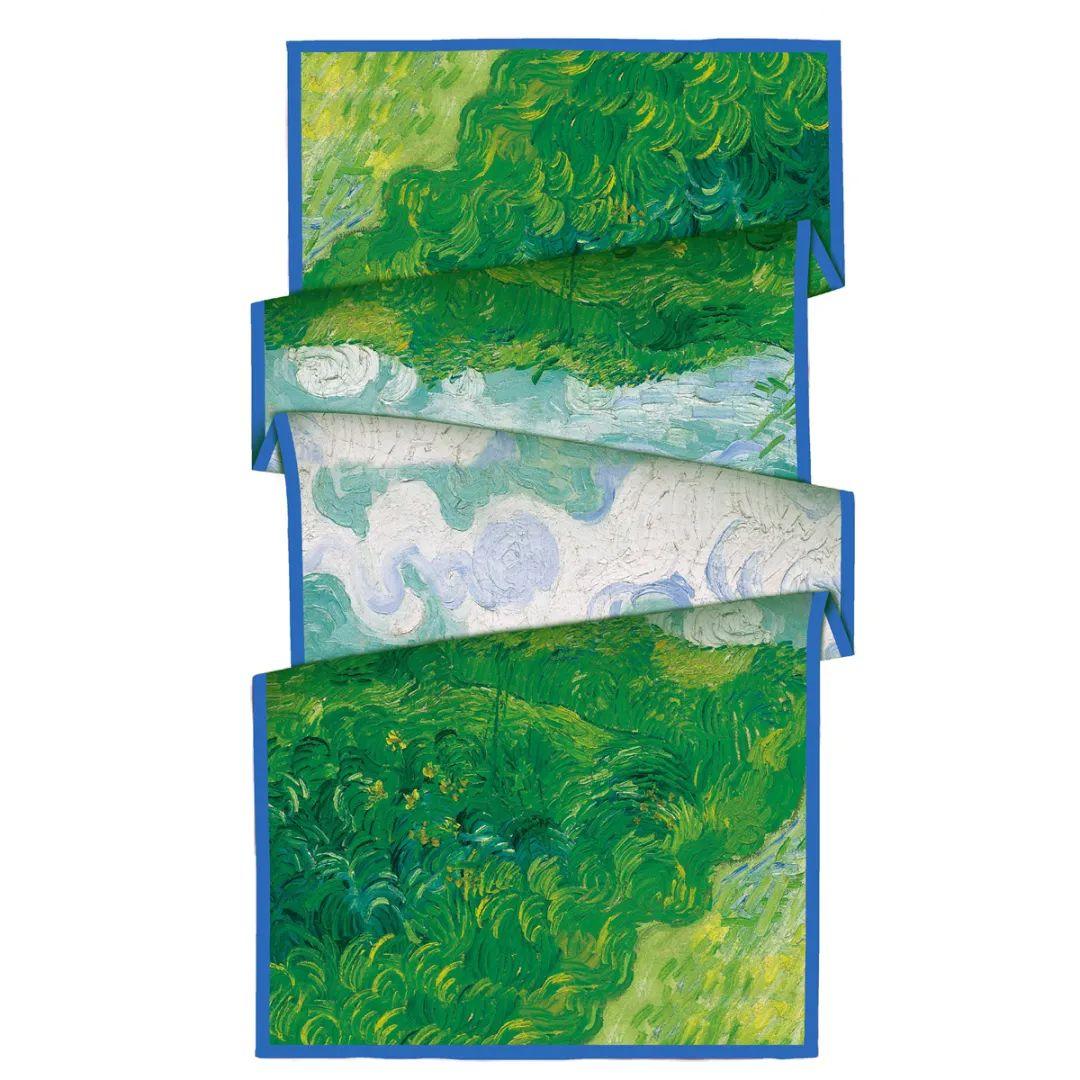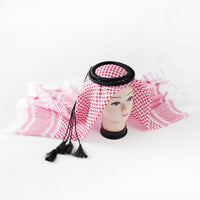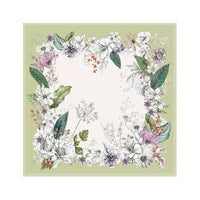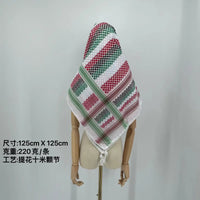Is the Keffiyeh a Symbol of Violence?
The keffiyeh, a traditional Middle Eastern scarf, has become a powerful symbol with multiple layers of meaning. To some, it represents cultural heritage and national identity, while others associate it with political resistance and, controversially, violence. This article unpacks the complex history and significance of the keffiyeh, addressing the question: Is the keffiyeh a symbol of violence?
Understanding the Keffiyeh: Origins and Cultural Significance
The keffiyeh, also known as the hatta, is a traditional headdress worn by men in Middle Eastern countries. Historically, it served practical purposes, protecting wearers from harsh weather conditions such as sun exposure and dust storms. The keffiyeh is typically made of cotton and features distinctive woven patterns. The most recognizable version is the black and white checkered design, which has become synonymous with Palestinian identity.

A Symbol of Palestinian Identity
The keffiyeh's association with Palestinian identity dates back to the early 20th century. During the Arab Revolt of 1936-1939 against British rule, Palestinian fighters used the keffiyeh to conceal their identities. This practical use transformed the scarf into a symbol of resistance. The keffiyeh's role as a unifying symbol was further solidified when Yasser Arafat, the leader of the Palestinian Liberation Organization (PLO), adopted it as part of his iconic look.
The Keffiyeh in Modern Times
In recent years, the keffiyeh has been seen on international celebrities and fashion runways, sometimes stripped of its political connotations and viewed merely as a trendy accessory. However, its deep-rooted significance to Palestinians remains.
Misconceptions and Controversies Surrounding the Keffiyeh
The Keffiyeh and Violence
Despite its cultural and historical significance, the keffiyeh has been controversially linked to violence. This association largely stems from its visibility in media coverage of Middle Eastern conflicts. For instance, images of militants and protesters wearing the keffiyeh have contributed to its perception as a symbol of terrorism in some Western contexts.

Recent Incidents
Recent incidents have further complicated the keffiyeh's image. In Vermont, three Palestinian students were shot, two of whom were wearing keffiyehs. This tragic event underscores how the keffiyeh can be misinterpreted and provoke violence against its wearers. Similarly, a British-Indian man faced harassment in New York for wearing a keffiyeh, highlighting the prejudice and misconceptions surrounding this garment.
The Keffiyeh as a Symbol of Resistance and Solidarity
A Global Symbol
While some view the keffiyeh as a symbol of violence, many others see it as a powerful emblem of resistance and solidarity. It has been adopted by various social justice movements around the world as a sign of support for the Palestinian cause. For instance, climate activist Greta Thunberg and model Nora Attal have been seen wearing the keffiyeh, highlighting its global resonance.
Conclusion: The Keffiyeh's Multifaceted Identity
The keffiyeh is far more than a piece of cloth; it is a symbol imbued with layers of history, culture, and politics. While it has been misinterpreted and linked to violence, its primary significance lies in its representation of Palestinian identity and resistance. Understanding the keffiyeh's rich heritage and the context in which it is worn is crucial to appreciating its true meaning.






